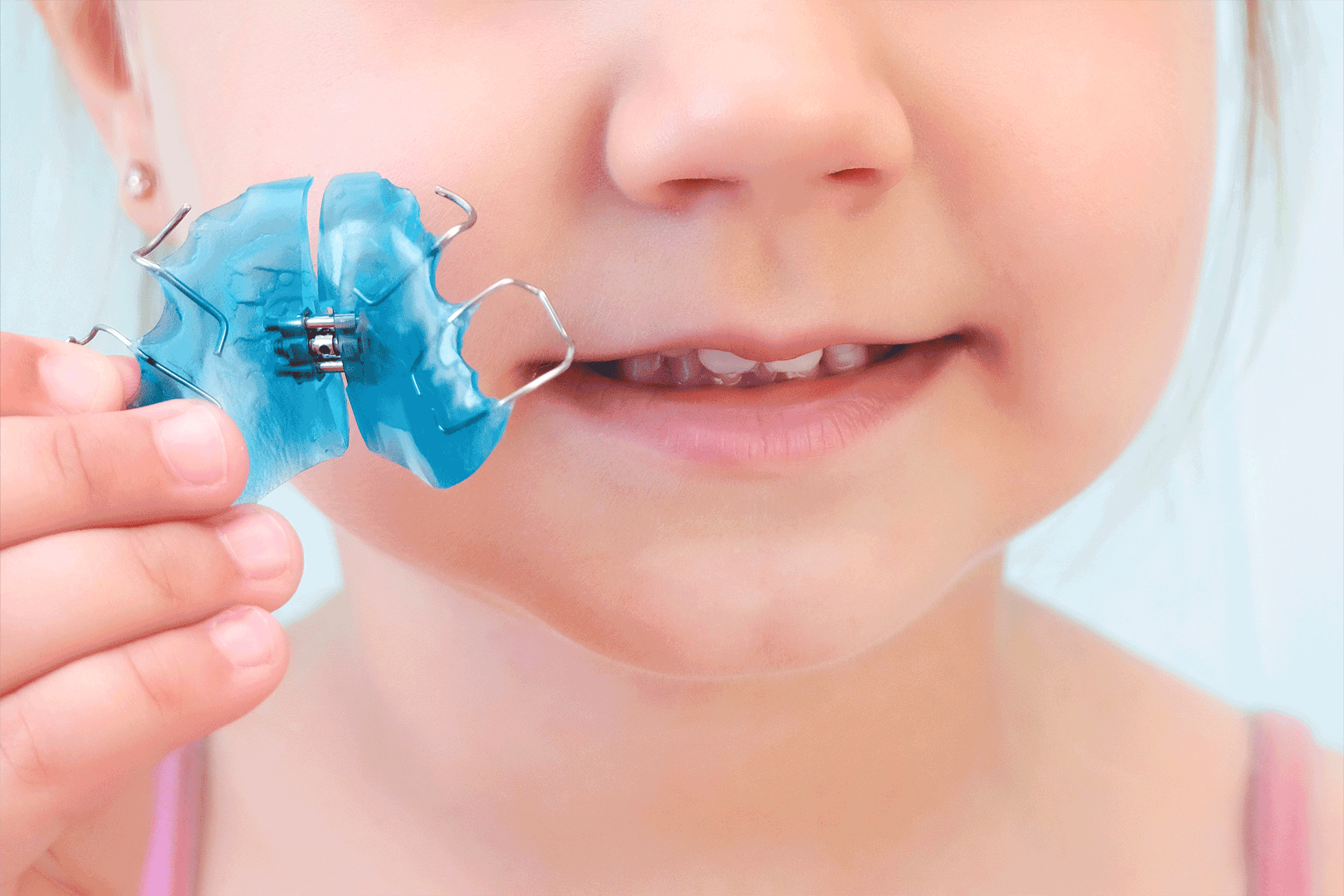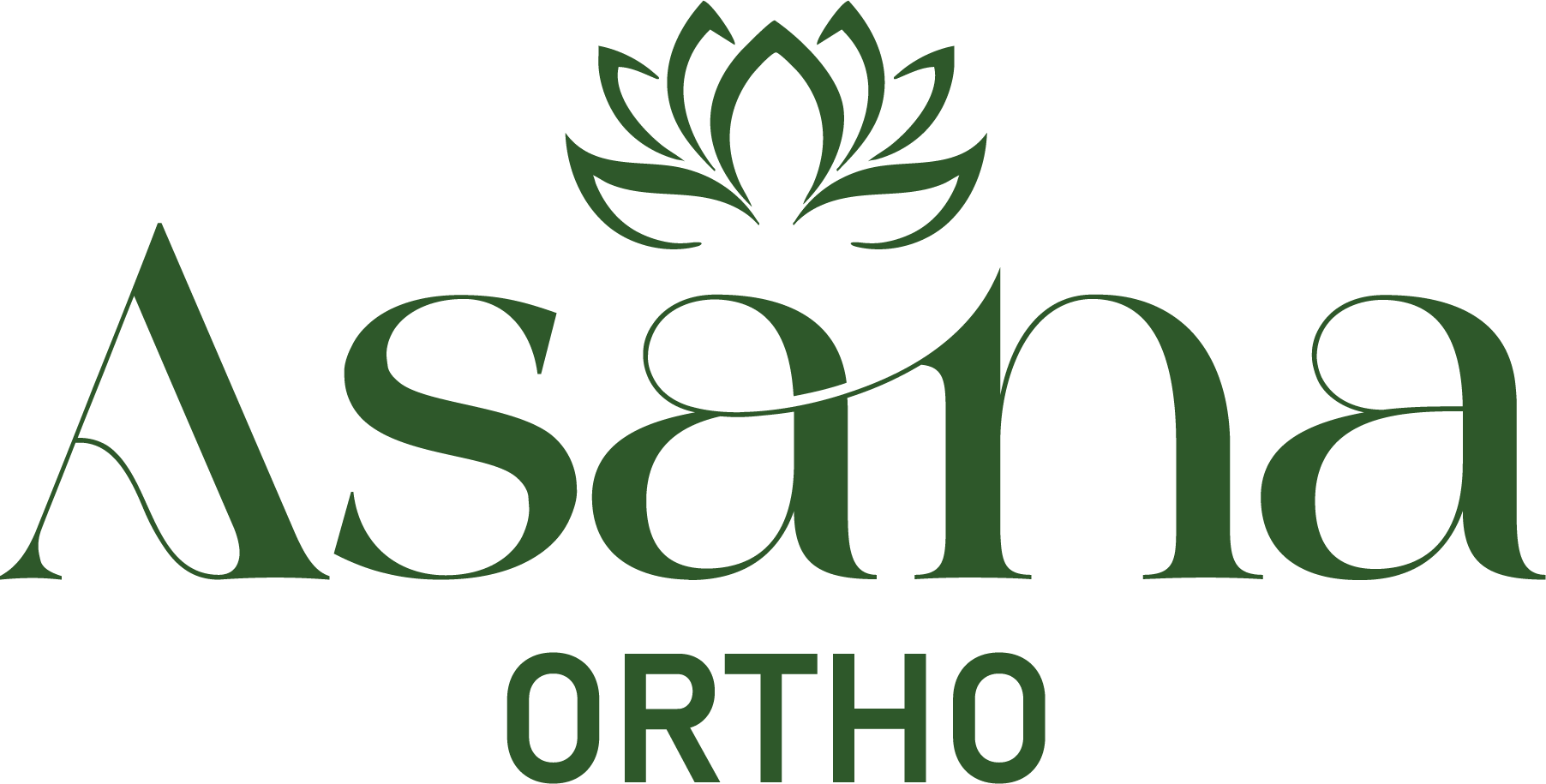
When children need orthodontic care, many parents are familiar with braces or Invisalign. But sometimes, the first step toward a healthy smile involves a different tool: a palatal expander.
This orthodontic appliance may sound intimidating at first, but it’s actually a gentle and highly effective way to guide a child’s growth. By widening the upper jaw at just the right stage of development, an expander can create space for permanent teeth, improve bite balance, and even support better breathing.
Here’s what parents in Albany need to know about palatal expanders, how they work, and why they can make such a difference in a child’s long-term oral health.
A palatal expander is a custom appliance that fits into the roof of a child’s mouth. Its purpose is to gradually widen the upper jaw, also known as the palate. Because children’s bones are still developing, orthodontists can gently guide growth in ways that aren’t possible later in life.
By slowly applying pressure over time, an expander helps the jaw grow to the right width. This extra space allows permanent teeth to come in properly and can prevent more complicated orthodontic issues down the road.
Not every child needs an expander, but orthodontists often recommend them when:
An orthodontic evaluation around age 7 can help determine whether an expander would benefit your child.
Expanders work in small, gentle steps. The device attaches to the upper molars and is gradually widened with the help of a small key. Parents or caregivers may be asked to turn the key according to the orthodontist’s instructions.
Here’s the typical process:
This process may sound complex, but kids usually adapt quickly. The pressure is mild and temporary, and most children get used to the appliance within a few days.
The benefits of expanders often extend beyond the teeth themselves:
By guiding growth early, expanders create a healthier foundation for the smile and jaw.
There are several types of palatal expanders, chosen based on a child’s age and specific needs:
Parents often wonder how their child will adjust to life with an expander. While there may be an initial adjustment period, most kids adapt quickly.
Orthodontists provide clear instructions, so families know exactly what to expect and how to care for the appliance.
Does an expander hurt?
No. Children may feel temporary pressure after adjustments, but it’s not painful.
How long will my child need to wear an expander?
Most expanders are worn for 6–12 months, including the retention phase.
Can my child play sports with an expander?
Yes. As with braces, a mouthguard may be recommended for contact sports.
Will my child still need braces?
Often, yes. An expander sets the foundation for later treatment, but braces or Invisalign are usually needed to fine-tune alignment.
A palatal expander is most effective when used during childhood, while the jaw is still growing. Once the bones have fused, expansion becomes much more difficult and often requires surgery in adulthood.
By intervening early, orthodontists can take advantage of growth patterns to guide healthy development and prevent more invasive procedures later.
Palatal expanders may seem unfamiliar to many parents, but they are a safe, gentle, and effective way to guide a child’s growth. By creating space, correcting bites, and supporting proper function, expanders often make future orthodontic treatment smoother and more efficient.
Understanding how expanders work—and why they’re recommended—can help parents feel confident in supporting their child’s orthodontic journey.
For families in Albany, early orthodontic care can make all the difference in a child’s smile. At Asana Orthodontics, Dr. Nourah Abdul Kader and Dr. Laurie Estes provide mindful, yoga-inspired treatment that helps children feel comfortable and supported. From expanders to braces, their team guides families with clarity, compassion, and expertise.
Schedule a consultation today to learn how gentle orthodontic solutions can support your child’s healthy, confident smile.

Braces vs. Invisalign in Albany, CA — Which is Right for You? Home Blog When it comes to achieving a straighter smile, patients today have more options than…
Braces vs. Invisalign in Albany, CA — Which is Right for You?…
The Benefits of Early Orthodontic Treatment for Kids Home Blog When most…
Yoga and Orthodontics — How Mindfulness Supports a Healthy Smile Home Blog…
How to Know If Your Teen Needs Braces or Invisalign Home Blog…
Palatal Expanders Explained — What Albany Parents Should Know Home Blog When…
Invisalign for Adults — Why It’s Never Too Late for a Confident…
